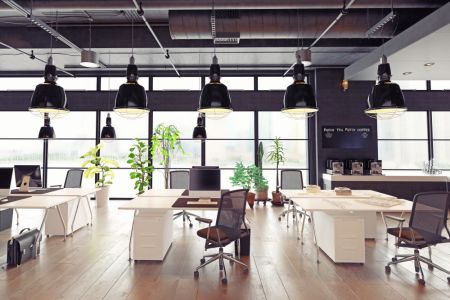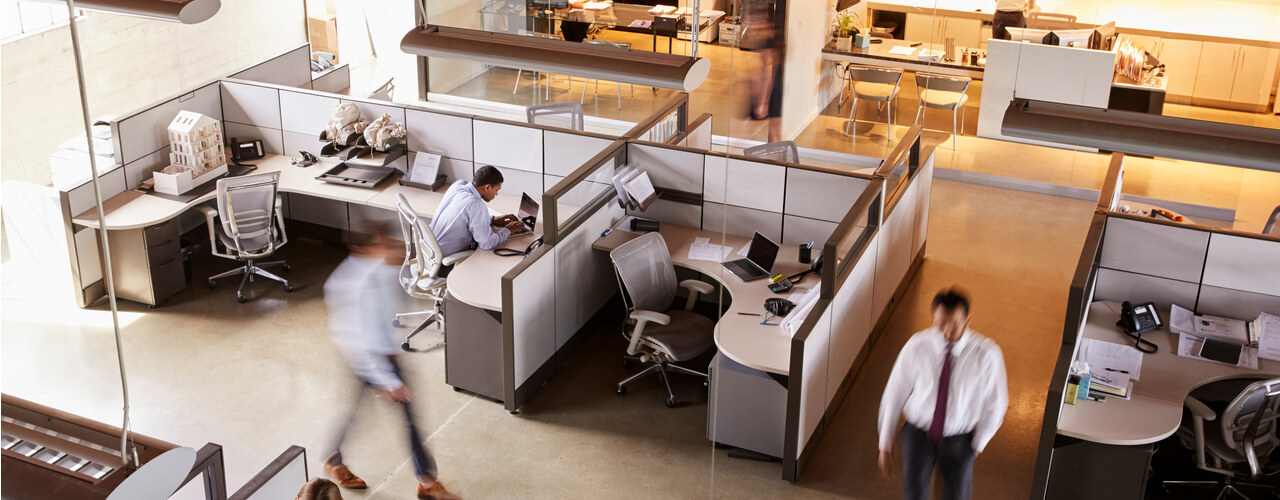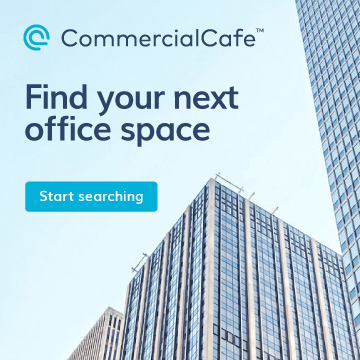Two years have passed since the pandemic started and the shifts it has produced in terms of work models are still rippling through the office industry. The need for adaptability in a rapidly changing world while also being mindful of potential future disruptions has become the new norm in day-to-day life, and this has extended into the workplace.
While hopes were high for a swift return to the office in 2021, new disruptions created by the Delta and Omicron variants pointed toward the need for more adaptation. Rather than sticking to a full work-from-home (WFH) model or looking to return all employees to the office, many companies instead embraced a hybrid work model over the last year as offices adapted to new measures.
With a mindset of flexibility and predictive adaptability, 2022 is showing promise for the office sector. While there is no standard, one-size-fits-all plan for a return to the office, business leaders are now focusing on implementing the technologies and strategies needed to create appealing, cost-effective workplaces, while offering employees the safety to get back to their office desks. And, as we head into the third year of the pandemic, technology adoption in the workplace will likely speed up to keep pace with current trends. As such, here are the trends and innovations that will help build predictive adaptability.
Embracing the Hybrid Work Model
Hybrid work might become the new norm, after many months where remote work was the only option. While working from home is the preferred option for some employees, others want to spend at least part of their work hours in the office. A hybrid work model can bring the best of both worlds.
Working hybrid means spending time both working from home and from the office in any combination of time. Employees could commute to their offices two or three days a week and work from home for the remaining weekdays, or they could go to the office only a few times per month for essential in-person work and telecommute the majority of the time. In this context, employees expect and want the autonomy to decide where they can best get their work done. Savvy business leaders are now investing in the technologies and people strategies that help enhance company culture, flexibility and employee collaboration in a hybrid work environment.
Hybrid work existed before the pandemic, being the go-to for digital nomads and freelancers everywhere. But, with this work model being brought to the forefront by the pandemic, we may well see further innovation and emphasis placed on hybrid work.
Enabling Flexibility and Hot-Desking Through Occupancy Management Software
While in 2021 flexibility was an increasingly important word in workplaces, in 2022 it will be nothing short of a must. Over the past two years, workers learned to adapt to the new normal and companies also saw the importance of flexibility in the workplace. To allow employees free rein to decide on what balance between WFH and WFO suits them best, tech tools such as hot desking and occupancy management software are essential.

The office spaces of the future will likely rely on flexible desk arrangements supported by occupancy management software.
Occupancy management solutions enable business leaders to easily track attendance trends, enable desk hoteling and enhance their employees’ experience on the days they work on location. Modern software solutions also allow for streamlining employee communication, planning space utilization and making informed decisions about where and when to downsize or increase their workplace footprint. Whether it’s planning the immediate needs of employee re-entry or the future needs of flexible workplaces, a leading desk hoteling software is a must when it comes to supporting hybrid work with flexible schedules and optimizing office space needs.
Personalizing the Workplace
Workforce behaviors have changed in an unprecedented way over the past two years. Switching to remote work has changed the role of the workplace for many organizations. Employees’ expectations towards what they want from the workplace environment have also rapidly evolved, and they now expect a personalized office experience that feels more like the home office or casual coworking space that they now spend more time in.
Amenities such as free coffee and healthy snacks, break lounges, natural light and technologically advanced features are now necessary to support a productive and comfortable work environment that fosters employee collaboration. Additionally, the certainty that employees are safe while being in the workplace and the flexibility provided by a hybrid work model are essential in ensuring a successful return to the office.
It has become clear that adopting the latest workplace innovations through predictive adaptability and accommodating employee expectations are key to supporting a productive hybrid work dynamic. The use of smart technology in offices will help deliver smart services that aid with occupancy management and enhance employee experience by being conscious of people’s health and wellbeing in the office space.









